Debt Management Strategies for a Debt-Free Future
In our journey toward financial independence, debt can often appear as a formidable barrier. However, with the right strategies and understanding, we can transform it from a burden into a manageable aspect of our financial landscape. Here at Thriving Wealth, we’re not just about offering advice; we’re about empowering you with practical debt management strategies that pave the way to a debt-free future.
For many of us, managing debt can feel overwhelming, but breaking down the process into clear, actionable steps makes it much more achievable. It starts with recognising every debt we have, understanding its impact on our overall financial health, and then systematically addressing it with tailored solutions. Whether you're dealing with credit cards, student loans, or the mortgage, our approach helps simplify what can often feel like an intricate financial puzzle.
By learning to prioritise debts and explore options like salary sacrificing to accelerate repayment, we not only work towards clearing our debts but also towards greater financial freedom. Let us guide you through effective methods that cater specifically to your personal circumstances, helping ensure your financial stability and peace of mind for the future.
Identifying and Organising Your Debt: The First Step to Freedom
The journey to becoming debt-free begins with a clear understanding and organisation of your current debts. We start by listing all the debts you have—the home loan, car loan, credit card debts, personal loans, and any other form of owed money.
This process not merely lists out your liabilities but categorises them by interest rates, balance amounts, and repayment terms. It's crucial to know what you owe and the cost of borrowing that money, which is often reflected in the interest rate.
Once everything is laid out, the next part is to prioritise these debts. Traditionally, either the 'avalanche' method, where debts are prioritised by the highest interest rate, or the 'snowball' method, where you start by paying off the smallest debt first—regardless of the interest rate—can be employed.
Both methods have their merits, but choosing the right one depends on your personal financial situation and psychological preference. By organising your debts effectively, we create a tailored plan that simplifies your commitments and shapes the journey towards financial liberation.
Strategic Debt Repayment: Methods That Work
After we've organised and prioritised your debts, the next step is implementing a strategic repayment plan. The effectiveness of this plan hinges on understanding which repayment strategy best aligns with your financial status and goals. For some, consolidating various debts into one with a lower overall interest rate could be a game-changer. This method simplifies repayment processes and can reduce the total amount paid in interest, making it easier to manage monthly outflows.
Another powerful strategy is increasing your payments on the highest interest rate debts first, significantly cutting the interest accrued over time. Meanwhile, for ongoing debts like credit card balances, setting up automatic payments above the minimum due can prevent the usual interest rate traps of revolving credit facilities.
By adopting these methods, positioned with your specific financial circumstances in mind, we expedite your route to clearing debt and enhance your financial management skills, ensuring you stay in control of your economic destiny.
How Salary Sacrificing Can Accelerate Debt Reduction
Utilising salary sacrificing to accelerate debt reduction is a strategy we encourage, particularly for those of us looking to optimise our tax position while paying off debts faster. Salary sacrificing—where you agree to forgo a portion of your salary so it can be put directly towards debts like your superannuation or a car lease—can significantly leverage your repayment strategy. This method reduces your taxable income and allows you to manage larger debt repayments more effectively.
When we allocate part of our pre-tax salary towards specific types of debt, the impact on our take-home pay might be less noticeable than if making the same payment from our net income. Specifically, for debts like a pre-tax super contribution, this could mean not only faster debt reduction but also building up your retirement savings significantly. By understanding and applying such strategies wisely, we provide ourselves with a smoother path to becoming debt-free while ensuring our future financial stability.
Maintaining Debt-Free Status: Tips for Sustainable Financial Health
Once we've navigated the challenging waters of debt and reached the shores of freedom, maintaining a debt-free status becomes paramount. Sustainable financial health is not just about reaching a goal; it's about setting up systems and behaviours that prevent falling back into debt. This involves regular reviews of your budget, continuous financial education, and sensible spending habits. Setting up an emergency fund is vital, as this serves as a buffer to handle unexpected expenses without the need to borrow.
On top of this, committing to a saving plan even after debts are cleared positions us to deal with future needs without reliance on credit. Keeping informed about financial options and wisely investing can also contribute to stable, long-term wealth creation. Remember, staying debt-free is a perpetual commitment to managing finances thoughtfully, and the peace that comes with it extends beyond just the financial aspect—it cultivates a life of less stress and more freedom.
Conclusion
Eliminating debt requires dedication, smart strategies, and continuous engagement with your financial status. At Thriving Wealth, we are dedicated to equipping you with the knowledge and tools needed to clear your debts and navigate your entire financial journey successfully. Contact us today for expert financial planning in Australia and take the first step towards a secure financial future free from debt. Together, let's build a plan that sees you thrive in every financial aspect.

